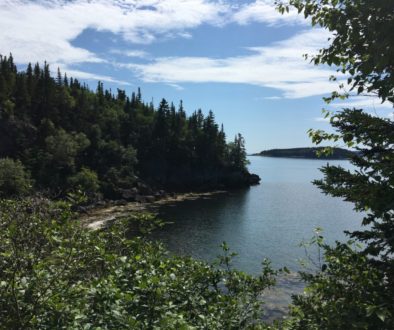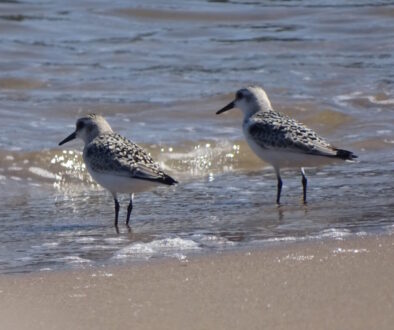Press release: New Brunswick ranks 2nd to last in wilderness protection: new report finds
Fredericton – The Canadian Parks and Wilderness Society (CPAWS) is pleased that Canada has made progress in the past decade in increasing the amount of protected wilderness, but concerned that we continue to lag behind the global average of nearly 13{a3162b1395e34f5bc6dd788a255c8e2a209e2a614c3b42176989b624267eff88} of land permanently protected from industrial development, according to a report released today by Global Forest Watch Canada.
“In New Brunswick, we’re particularly concerned that within the last decade, we have only increased the amount of permanently protected areas by 2{a3162b1395e34f5bc6dd788a255c8e2a209e2a614c3b42176989b624267eff88}, and that we remain only above PEI in the proportion of our land in protected areas, at 3{a3162b1395e34f5bc6dd788a255c8e2a209e2a614c3b42176989b624267eff88}. This is largely due to the provincial government giving little priority to protecting our province’s wilderness,” says Roberta Clowater, Executive Director of CPAWS New Brunswick Chapter.
“This timely report from Global Forest Watch shows that only 8.5{a3162b1395e34f5bc6dd788a255c8e2a209e2a614c3b42176989b624267eff88} of Canada’s wilderness today is permanently protected. This is far below the amount that needs to be protected to conserve our country’s biodiversity. We know that the primary reason that species continue to decline so badly is habitat loss, so protecting much more land from industrial development is key to conservation,” says CPAWS National Conservation Director, Alison Woodley.
CPAWS’ vision is that Canada will protect at least half of our public lands and waters. There is growing scientific evidence that this is the magnitude of protection needed to ensure that the full diversity of life within our country will survive and flourish in the future.
“In New Brunswick, our poor protected areas record means that wildlife including Canada lynx and American marten may be lost from the province over time, because we have not protected important natural areas, such as wilderness in the Restigouche River watershed,” adds Roberta Clowater.
Over the past decade, the percentage of permanently and temporarily protected lands in Canada has nearly doubled from 6.6{a3162b1395e34f5bc6dd788a255c8e2a209e2a614c3b42176989b624267eff88} to just over 12{a3162b1395e34f5bc6dd788a255c8e2a209e2a614c3b42176989b624267eff88}. The federal government’s recent progress on creating or expanding large national parks has made an important contribution to this increase, along with new protected areas created in many provinces and territories.
“CPAWS New Brunswick is working with communities to show that New Brunswickers support wilderness protection and diversifying the economy through ecotourism, and they expect government to take leadership to protect the wildest parts of the province, including the wilderness areas in the Restigouche region,” added Clowater.
-30-
For more information on protected areas and changes between 2000 and 2010 by province and territory, view Global Forest Watch’s “Report at a Glance”, Canada’s Terrestrial Protected Areas Status Report 2010: Number, Area and Naturalness, at www.globalforestwatch.ca.


